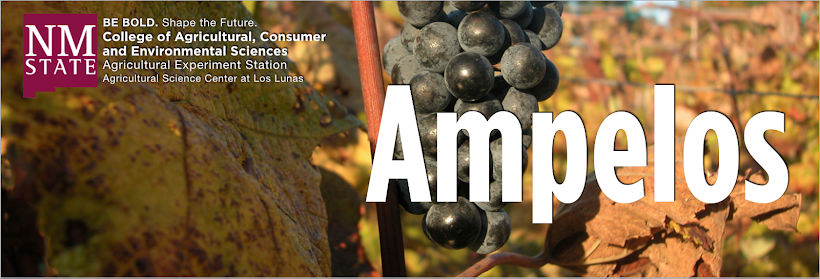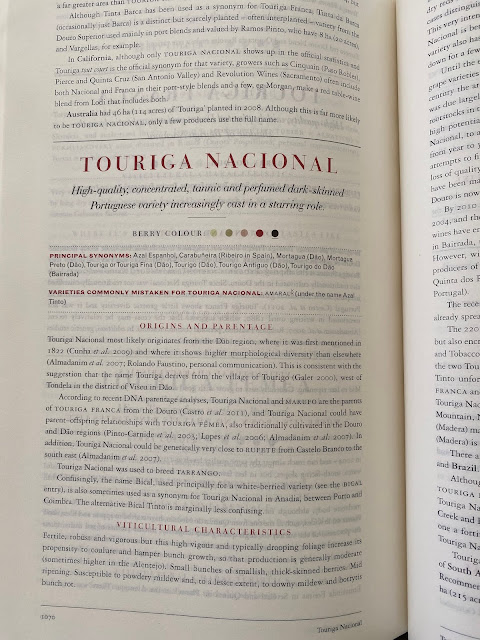 |
| illustration from the Japanese agricultural encyclopedia Seikei Zusetsu (1804) Wikipedia |
The buckwheat planted at the Los Lunas Agricultural Science Center on Wednesday, September 9 has germinated uniformly and is beginning to grow. Buckwheat (Fagopyrum esculentum) can grow rapidly and cover the ground quickly, if given water. We will likely use it as a 'green manure' crop and incorporate it into the soil prior to planting our winter cover crop later next month.
The plant has an interesting history (Wikipedia buckwheat background) and although not wheat, and not a grain because it is not a grass, it is often used in a similar manner to grains. In Asia, it has been milled and used as a pasta-like noodle for centuries. It was first brought to this country by Polish and other immigrants who cooked it in a porridge-like dish they called 'kasha'. It is gluten-free and can be made into beer (of course!). It was widely grown in the United States, and by 1918 occupied about 1,000,000 acres. It was largely replaced by corn and wheat that respond to nitrogen fertilizer and produce more calories per acre.
We have the capability to flood irrigate at the ASC and this is a distinct advantage. As described in the last post about buckwheat, our intention is to cover the ground temporarily after killing the native vegetation and transition to our slightly more permanent winter cover, that will likely consist of cereal rye and some Austrian pea.
Check out the progress below:
 |
| Photograph with seeding lines visible in the row middle, September 14, 2020. |




















